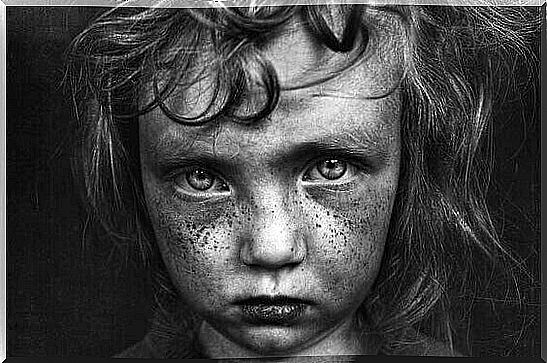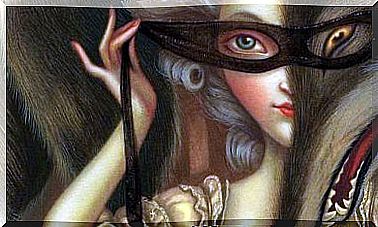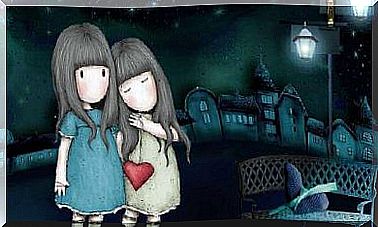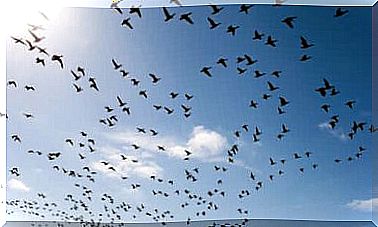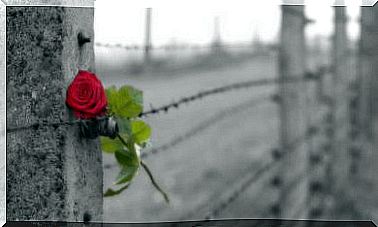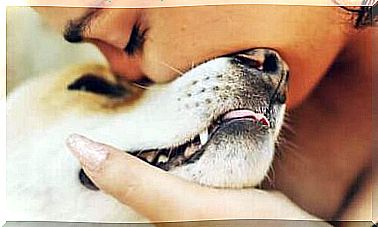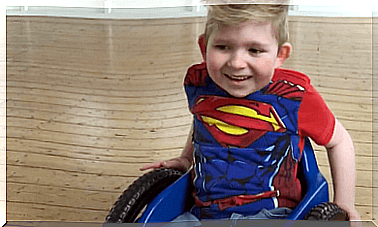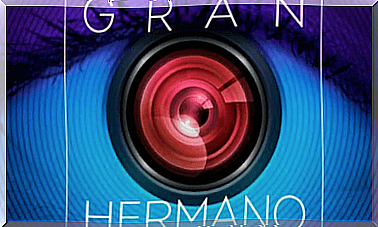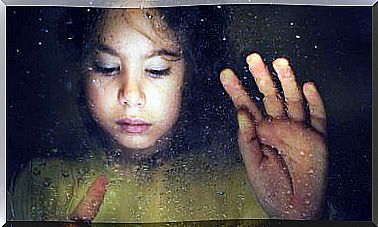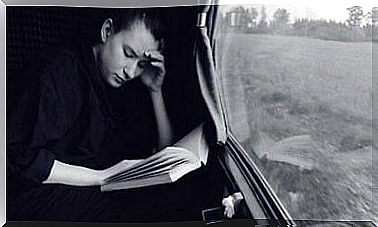Trichotillomania In Childhood: Hair Pulling Disorder
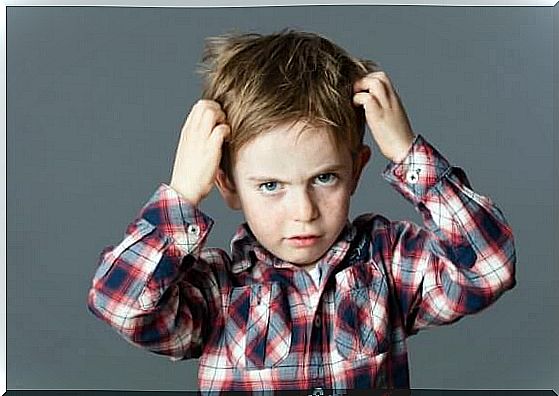
Some people have an overwhelming urge to pull out hair or hair from different parts of the body. The immediate physical consequence is a significant and notable loss of hair and body hair which causes alopecia in various places (head, eyebrows…). In childhood, trichotillomania can be a particularly disturbing disorder.
However, it is important to make a differential diagnosis with certain dermatological diseases (alopecia, for example) or another type of health problem that could explain the existence of these bald areas.
Clinical features in childhood
- Prevalence in children is estimated to be 0.6% to 6%, although it varies with age.
- There are more cases in children between the ages of two and six.
- The part most affected by tearing is normally the head, especially in the temporal, frontal and parietal areas. Trichotillomania in childhood can also occur in other parts of the body, such as the eyebrows, eyelashes, armpits, or even the pubis.
- When children pull out their hair or hair, they have a habit of playing with it. Many choose to make little wicks or balls out of them for fun. Others put them in their mouths. Some break them into hairs or smaller hairs; finally, some children pile them up and throw them away because they are afraid of being punished by their parents.
- However, in other cases, this disorder is accompanied by trichophagia: eating one’s hair. In addition to adding a dose of severity to the problem, this disorder can lead to digestive complications, from severe obstructions to nausea and vomiting.
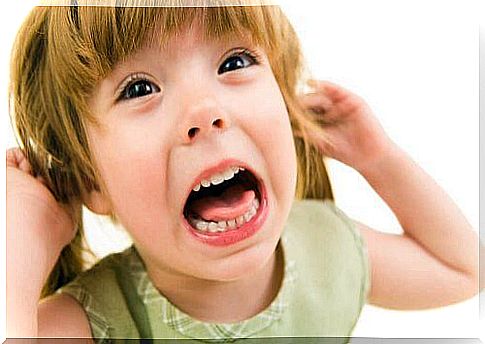
Age of onset
If trichotillomania appears in early childhood, it tends to develop before age 2 or from age 3 or 4. During this stage of development, the child considers the pulling out of hair and hair as a simple habit. As if he was sucking his thumb. At this age, children are unaware of their compulsion.
Time of onset
This disorder usually arises in periods of family tension (parents separating, divorce proceedings, constant arguments…). It can also develop when children are calm (in bed), bored or tired. It is therefore important to stimulate them in order to avoid seeing them set up automatic mechanisms that are harmful to their physical and psychological health.
In adults, this disorder can be the result of a situation of tension, anxiety and stress. Or, in accordance with an “automatic” model, which takes place in 75% of cases, appear in situations of fatigue, boredom or sedentary lifestyle (watching television, driving, studying, etc.).
Thus, depending on the degree of consciousness at the time of hair pulling, we can differentiate between patients who compulsively react to negative emotional states or those who do so automatically, without being aware of it, at the same time. time of sedentary activities.
Causes of trichotillomania in childhood
There is not only one cause that could explain this disorder. They are multiple and depend on each person. These reasons can encompass a variety of psychological, genetic, biological or environmental factors.
Thus, it can appear in children whose parents have already suffered from this disorder. A neurotransmitter may have grown too much or not enough. Trichotillomania can also be the consequence of external points such as family tension, stress, depression or a state of emotional deprivation, for example.
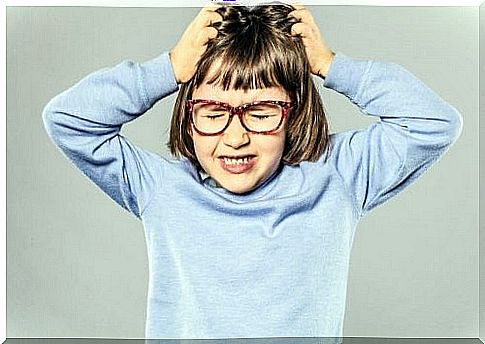
How to detect this disorder
In all cases, the presence of alopecia in certain areas of the scalp pushes the little one to isolate himself or to feel self-conscious. He can also suffer from serious skin or infectious lesions which can be of real concern if the disorder does not go away. It is therefore essential that parents know how to detect trichotillomania.
In addition to this, children can suffer from intestinal obstruction and severe pain in the stomach. The fact that they are pulling their hair or twisting it is also evident; they also tend to deny these acts. Their tension increases before they pull their hair out, and they may exhibit other self-harming behaviors.
Processing
Normally, trichotillomania in childhood goes away before the little one enters school. Parental support is essential. They need to be aware of their child’s problem, help them and make it easier to stop hair pulling.
If the disorder does not stop, treatment can sometimes be with medication or psychologically, mainly through cognitive behavioral therapies. The objective of these sessions is to eliminate this bad habit by reinforcing other alternative behaviors incompatible with the disorder, which are much more adaptive and adequate.
